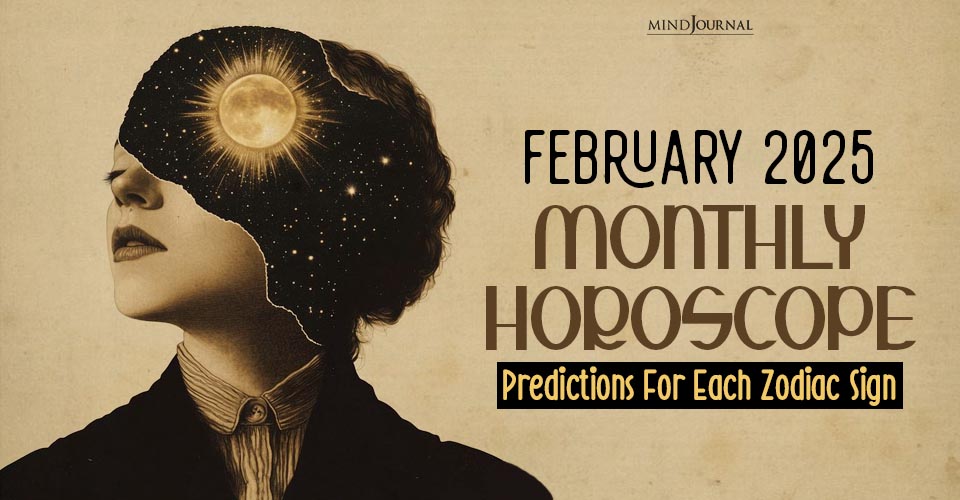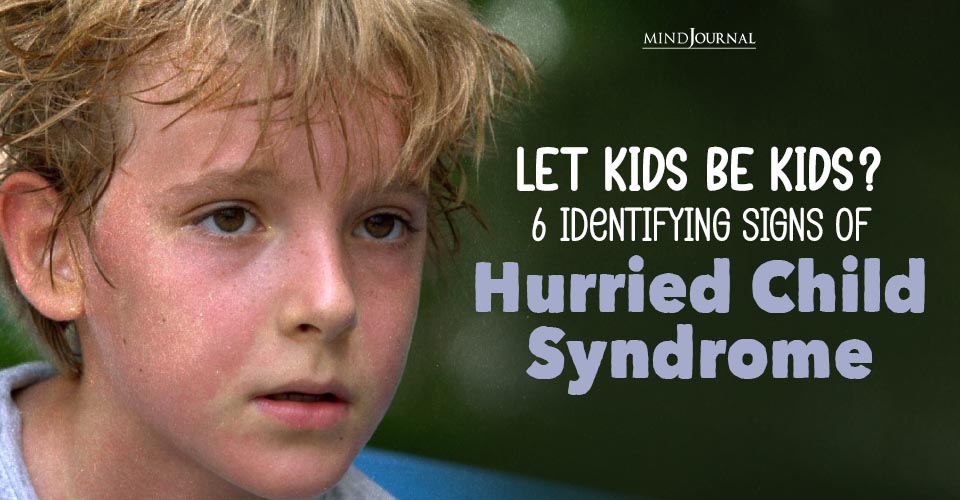In a groundbreaking revelation, Duke University’s latest brain imaging study uncovers a significant connection between posttraumatic stress disorder (PTSD) and smaller cerebellums in adults. This research, led by Ashley Huggins, Ph.D., brings forth intriguing insights into the intricate relationship between brain structure and PTSD, potentially paving the way for innovative treatment approaches.
The cerebellum, renowned for its role in coordinating movement and balance, is now under the spotlight for its impact on emotions and memory, both of which are notably affected by PTSD.
While the study identifies a correlation, the critical question remains unanswered: Does a smaller cerebellum predispose individuals to PTSD, or does PTSD contribute to the shrinkage of this brain region?
Ashley Huggins, the lead author of the report and now an assistant professor of psychology at the University of Arizona, emphasizes the importance of considering the cerebellum as a crucial medical target for individuals grappling with PTSD. Understanding the specific areas implicated in PTSD could guide interventions like brain stimulation, potentially enhancing treatment outcomes.
Published in the journal Molecular Psychiatry on January 10, the findings have sparked a new phase of investigation to determine whether a smaller cerebellum is a pre-existing condition that heightens susceptibility to PTSD or if trauma-induced PTSD triggers the reduction in cerebellum size.
PTSD and the Smaller Cerebellums
Posttraumatic stress disorder (PTSD) is a mental health condition triggered by exposure to traumatic events such as accidents, abuse, or combat. While most individuals withstand traumatic experiences without developing PTSD, approximately 6% of adults grapple with this disorder, marked by heightened fear and recurring traumatic memories.
The study explores brain regions associated with PTSD, including the amygdala and hippocampus, and introduces the cerebellum, often overlooked for its role in PTSD. Despite being recognized for its role in balance and movement coordination, the cerebellum, colloquially termed the “little brain,” is a complex area densely populated with neurons.
The cerebellum constitutes only 10% of the brain’s volume but houses more than half of its 86 billion nerve cells. Recent observations indicate changes in the size of the cerebellum in individuals with PTSD, sparking interest in its potential contribution to the disorder.
Subtle and Consistent Reductions
To overcome limitations in previous research, Duke’s Dr. Morey and over 40 research groups collaborated in a data-sharing initiative. Analyzing 4,215 adult MRI scans, with approximately a third diagnosed with PTSD, the study meticulously examined the boundaries of the cerebellum and its subregions.
The results revealed a consistent finding: PTSD patients exhibited cerebellums approximately 2% smaller. Delving into specific areas influencing emotion and memory within the cerebellum, the study identified similar reductions in individuals with PTSD. Strikingly, greater PTSD severity correlated with even smaller cerebellar volume.
Targeting the Cerebellum for Treatment and Future Research
This research marks an essential stride in understanding how and where PTSD affects the brain. With over 600,000 symptom combinations leading to a PTSD diagnosis, the study’s thorough methodology provides a foundational understanding of the brain’s response to trauma.
Huggins emphasizes the need to recognize the cerebellum as a key driver of complex behavior, extending beyond balance and movement. The study prompts further investigation into whether different combinations of PTSD symptoms impact the brain differently.
While effective treatments exist for some with PTSD, they don’t universally succeed. Huggins envisions that a deeper understanding of the brain’s mechanisms could lead to more effective, longer-lasting treatments for a broader spectrum of individuals grappling with PTSD.
In conclusion, Duke University’s research uncovers a compelling link between PTSD and smaller cerebellums, offering a new perspective on the disorder’s neurological underpinnings. The journey continues as researchers delve into the intricacies of this connection, aiming to improve treatment outcomes and provide hope for those affected by PTSD.









Leave a Reply